|
The Kinmount Estate
enjoys a fascinating history, originating in a 12th-century charter
granted to the Carlyles by William de Brus. Owned by the Douglas Family
since 1733, it was during this tenure that the present Kinmount House was
built in 1812 for John Douglas (the sixth Marquis) to replace the previous
seat — destroyed by fire at the turn of the 18th century. John’s
descendant, the eighth Marquis of Queensberry, is best remembered for
inaugurating boxing’s ‘Queensberry Rules’, but was also famous for his
connection with Oscar Wilde, who was a frequent visitor to Kinmount.
Indeed, it was his association with the Marquis which led to Wilde’s
ultimate imprisonment and humiliation. Kinmount House is a fine example of
early 19th-century architecture, and its balustrading (added at the turn
of the century) is a charming feature which softens its cubic simplicity.
Sale of Kinmount in 1999.
The
super-rich buyer of country mansions goes purely for the standard and
setting of the property and if location is important to him, then it is
often a case of the more secluded the better.
The
five most expensive Scottish properties sold last year by Savills were all
purchased by buyers who were based outside Scotland. One of these was
Kinmount House, home of the athlete, Steve Ovett, which, after being on
the market for a long period, suddenly sold towards the end of last year
for considerably more than the upset price of 1.3m. Kinmount House is
situated in Dumfries-shire, where more conventional country housing
proving extremely difficult to shift. So the moral seems to be: if do you
chose a house in slow-to-sell location then make sure it's a good one.”
Extracted from:
Modern Athens! Displayed in a Series of Views By John Britton, Thomas
Hosmer Shepherd
Kenmount
possesses a remarkably romantic situation, on
the summit of a woody eminence, a considerable rivulet winding at its
base* and surrounded on every side by a landscape, resembling that
introduced in the grand and striking productions of that excellent
painter, Salvator Rosa. This beautiful spot is on what is termed the
Scottish Border in that division of the county which, lying on the banks
of the river Annan, is called Annandale, and stands on the right of the
great road leading from Annan to Dumfries.
Kenmount was an ancient seat of the family of Douglas, of Kilhead;
but since the accession to the Marquessate, it has been enlarged, and a
superior style of elegance and accommodation imparted to the apartments: a
degree of boldness and originality is also exhibited in the design of the
exterior, executed under the direction of Robert Smirke, Esq., a gentleman
whose talents have placed him in the foremost rank in his profession. The
elevation is modern, entered by a portico of the Doric order 5 but when
viewed in some points, it has the aspect and solidity of an ancient
castle, towering above a most luxuriant wood of every different tint: it
commands to the north a rich and open country, with a back-ground of lofty
hills; on the south, the broad bosom of the Solway Frith stretches itself
to the coast of Cumberland on the opposite shore, forming a grand
termination to the beautiful and romantic scene.
From the almost continual warfare, which formerly subsisted between
the two rival nations of North and South Britain, the borders of each were
continually exposed to the incursions of the opposite foe; hence
agriculture became neglected, as yielding too precarious a produce: flocks
and herds then formed the chief source of their wealth, the means of their
subsistence, and the chief object of their pursuit.
Different views are
now enteitained by the wealthy proprietors of the estates in this part of
the kingdom; and no spot has more benefited by the change of sentiment,
than the stewarty of Annandale, which now displays a rich and fertile
aspect.
No family in the united kingdom can boast a higher descent than that of
the noble Marquess, the possessor of Kenmount. The Douglases have not only
formed alliances with the first families of Europe, but matched no less
than eleven times with the royal house of Scotland, and can count, not
only Dukes of that kingdom, but of Turenne, Counts of Longueville,
Marshals of France, &c. This noble house became conspicuous in Scotland
about the year 770; and the progenitor, having obtained a great victory
for his sovereign, was rewarded with the lands of Douglas, in the county
of Lanark, whence originated the name. From the elder branch descended
William de Douglas, created Lord de Douglas by Malcolm Canmore, in 1057;
and from him sprung William Lord Douglas, who lost his life, A. D. 1415,
at the battle of Agincourt: he was the ancestor of the Dukes of
Queensberry, and of the present Marquess, who is lineally descended from
Sir William Douglas,'of Kilhead,
created a Baronet in 1668, the second son of William, first Earl of
Queensberry? his Lordship was married, in 1803, to Lady Caroline, daughter
of the Duke of Buccleuch.
His Lordship has lately been appointed Lord Lieutenant of the county of
Dumfries.
Notable residents included
Lady
Florence Dixie (1855-1905), travel writer, war correspondent, and
feminist, a daughter of the 8th Marquess of Queensberry, was born and
lived much of her later life on the Kinmount estate at Glenstewart House
after her husband lost his family seat through gambling. She had married
Sir Alexander Beaumont Churchill Dixie, 11th Baronet (1851-1924), known as
"Sir A.B.C.D."
Lord Francis
Douglas (1847 – 14 July 1865), a British mountaineer born in
Cummertrees. After sharing in the first ascent of the Matterhorn, he died
in a fall on the way down from the summit.
The memorials to members of the Douglas family of Kinmount
and Marquesses
of Queensberry, at Cummertrees Parish Church.
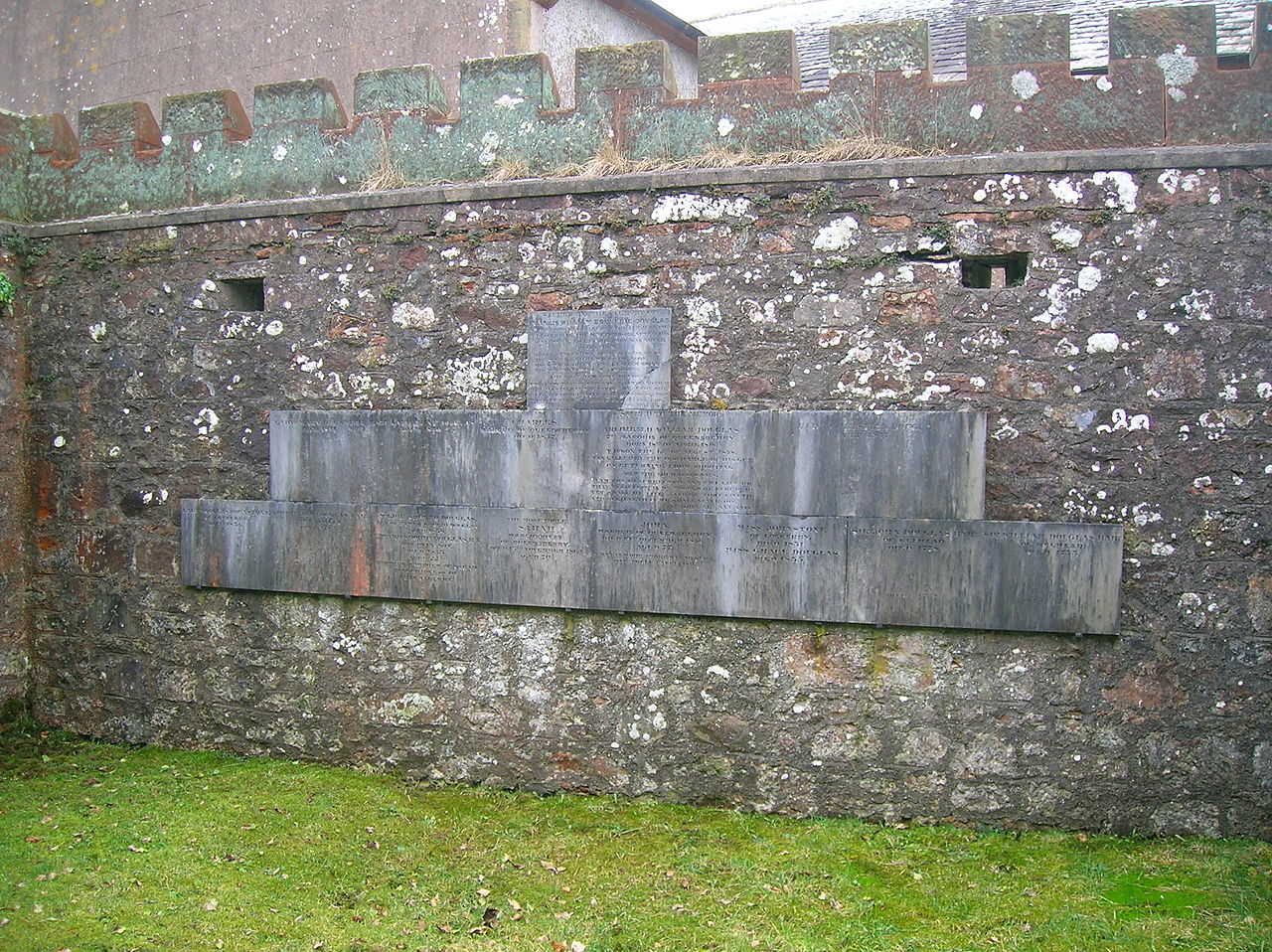
Below, the burial place at an unknown point in time looking unloved.
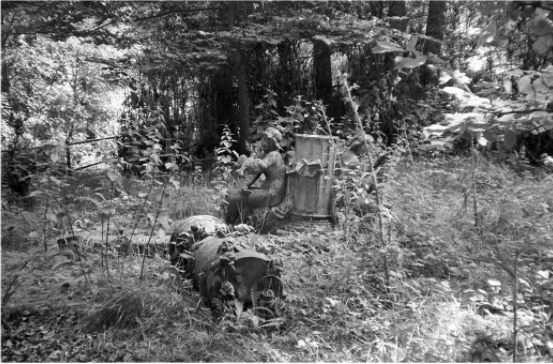
The Queensberry mausoleum
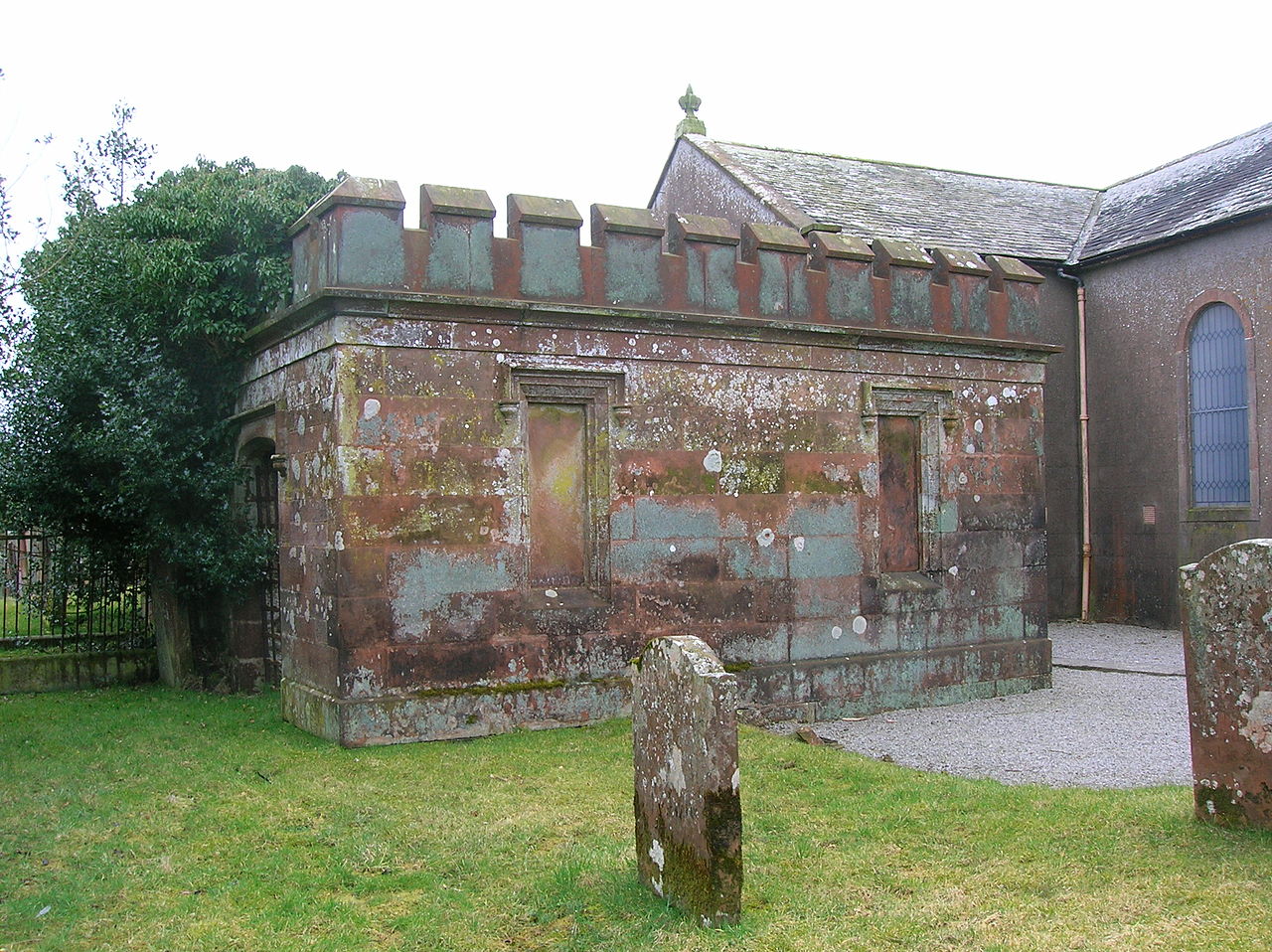
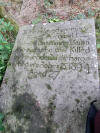 |
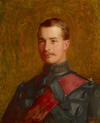 |
The funeral of Viscount Drumlanrig, eldest son of the Marquis of Queensberry, and unpaid Assistant Private Secretary to Lord Roseberry at the Foreign Office, who accidentally shot himself whilst shooting on the Quantock estate, was held on Friday
[October 1894] afternoon. The body was taken North to Cummertrees, and was thence conveyed to Glen Stuart, from whence the cortége started, and proceeded to the family burial-place at the head of the lake in Kinmouth Grounds, Dumfriesshire. The funeral service was conducted by the Rev. Colin Campbell (Episcopal minister), assisted by the Rev. Mr. Nichol (minister of the parish). A large number of wreaths were sent from all parts of England and Wales, including one from Lord Roseberry and Sir W. and Lady Harcourt. Among those present were the Marquis of Queensberry, Lord Alfred (deceased's brother), Lord A. Douglas, and Mr. Waterfield (representing Lord Roseberry).
|
Any contributions will be
gratefully accepted
|
|


